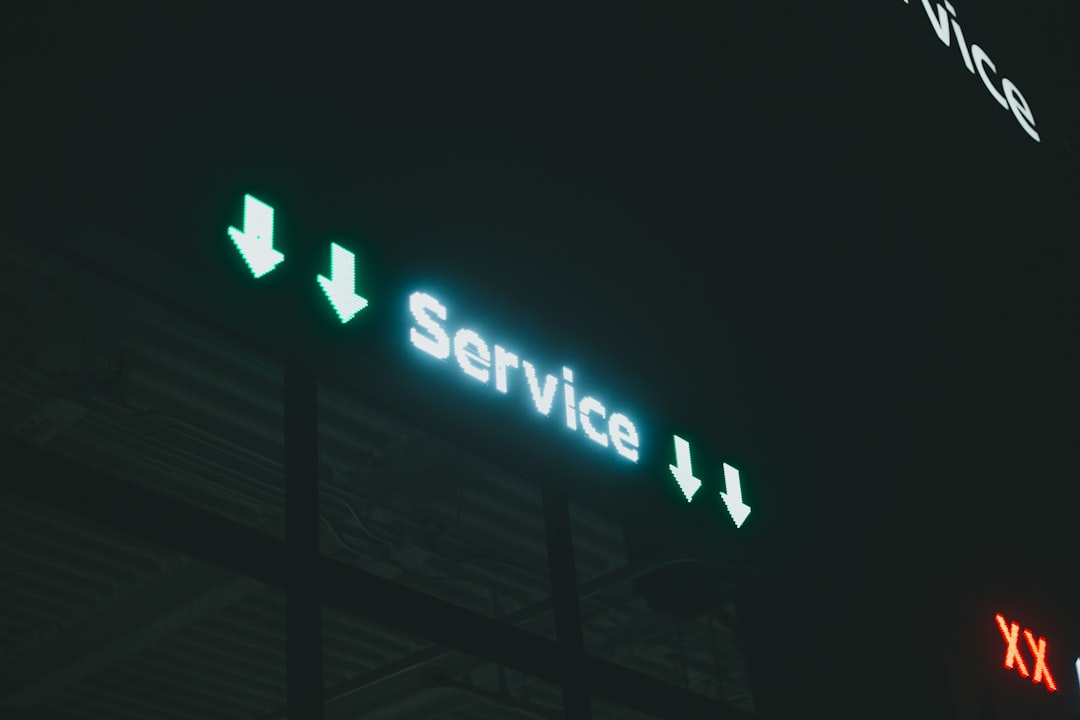Ever tried loading a website only to be met with a strange error code? You’re not alone. Server errors are like a mystery movie — they appear suddenly, confuse everyone, and stop everything.
Let’s break down the most common server errors and how to fix them. No coding degree required!
1. 404 Not Found
Table of Contents
This is the internet’s version of a “lost” sign.
What it means: The server can’t find the page you’re looking for. Maybe it was deleted or the URL was typed wrong.
How to fix it:
- Double-check the URL. Typos are sneaky.
- If you’re the site owner, make sure the page exists at that location.
- Set up a redirect if the page has moved.

2. 500 Internal Server Error
This one’s a classic. It’s like the server saying, “Uhh… something went wrong.”
What it means: The server hit a problem but can’t be more specific. Usually, it’s a bug or misconfiguration.
How to fix it:
- Check your website’s code for errors.
- Look into server logs — they tell what went wrong.
- Restart your server. Sounds basic, but it works more than you’d think!
3. 403 Forbidden
This is the internet equivalent of a locked door with a “No Entry” sign.
What it means: You’re not allowed to access that page. Permissions are likely the problem.
How to fix it:
- Check file and folder permissions (especially in Linux servers).
- Make sure there’s an index file (like
index.html) in your root folder. - Update your .htaccess to allow access where needed.
4. 502 Bad Gateway
This one sounds high-tech but it’s really just bad communication between servers.
What it means: Your server is acting as a gateway or proxy and got an invalid response trying to fulfill the request.
How to fix it:
- Check if your web server (like Nginx or Apache) is connected to the right backend.
- Make sure your application server (like PHP or Python) is running.
- Try a server restart. Again, simple but surprisingly powerful.
5. 503 Service Unavailable
Picture this: your website needs a nap. That’s the 503.
What it means: The server is down temporarily — maybe for maintenance or it’s just overloaded.
How to fix it:
- Try again later if you’re just browsing.
- If you’re the site admin, check server load and restart services.
- Consider using a load balancer to avoid traffic jams during peak times.

Pro Tips to Avoid Server Errors
- Back up your site regularly. Just in case!
- Keep your software updated. Old software invites bugs.
- Monitor traffic and performance. You’ll spot issues before they blow up.
- Use error logs. They’re like treasure maps… but for problems.
When in Doubt, Ask for Help
Still stuck? Don’t stress. Reach out to your hosting provider. They’ve seen it all and probably fix it in five minutes while sipping coffee.
Understanding server errors doesn’t have to be scary. Now, next time you see one, you’ll know what to do. Happy troubleshooting — and may your sites stay smooth and speedy!

